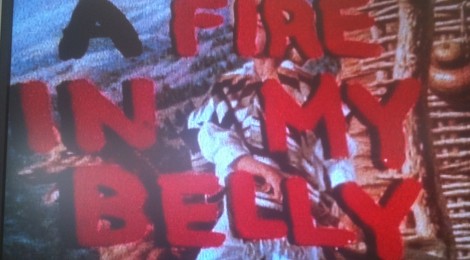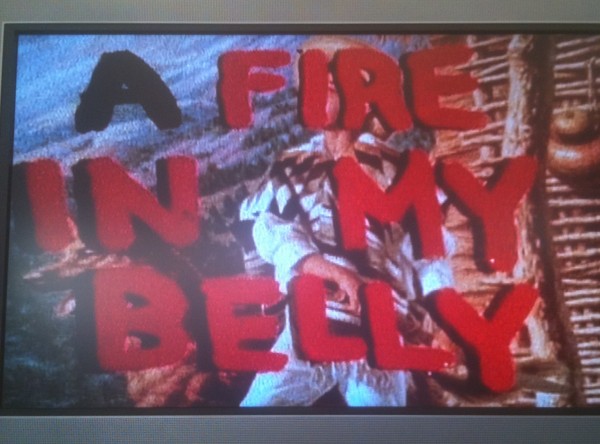
Wojnarowicz’s World View
David Wojnarowicz “A Fire in My Belly” Original from ppow_gallery on Vimeo.
David Wojnarowicz was an iconic figure in East Village art scene of 1980s NYC and a pioneering HIV/AIDS activist. He died in 1992 but his artwork continues to stir controversy. In 2010, the National Gallery of Art in Washington DC removed his film A Fire In My Belly from an exhibition of gay portraiture after extremist groups claimed the film as anti-Catholic. To counter this censorship, Wojnarowicz’s gallery P.P.O.W. worked with the Fales Special Collections at NYU to bring the censored video to as many audiences as possible. They have now made available a video transfer of the twenty-minute film on VIMEO. And you can watch it here.
To many in the 1980s, Wojnarowicz redefined the figure of the gay artist, bringing out a refreshingly uncompromising and anti-assimilationist queer anger. He rejected what he saw to be an epidemic of complacency in the 80s, particularly around class politics, poverty, and environmentalism. But his artwork was rarely precious or preachy. Instead, his paintings, installations, and films formed a kind of apocolyptically surreal agit-prop, replete with a eerily parodic globalism of pandemics, toxic dumps, reproductive mutations, and sexual outlaws.
His political outspokenness on the HIV/AIDS crisis and threats of government censorship of the arts made him an easy a target for a right-wing moralizing PR machine. Wojnarowicz fought back fearlessly and often single-handedly, even winning a lawsuit against a conservative lobbying group’s appropriation of his artwork in their promotional literature. At the same time, Wojnarowicz was repulsed by how the middle-class gay Americans had too easily accepted the compromised politics of liberal politics of the era. Wojnarowicz believed that terrible suffering brought on by HIV/AIDS exposed how deeply liberal politics had betrayed queers.
Earlier this year GQC’s co-founder Karl Schoonover wrote about the film A Fire In My Belly in the journal World Picture, arguing that recent controversy has prevented even the film’s supporters from actually understanding it as an artwork. Schoonover unpacks the rich iconography of Wojnarowicz’s film in the context of his paintings, sculptures, and political writings. By focusing on the film’s fixation with touristic spectacle and meditation on the imperial gaze, the essay demonstrates how Wojnarowicz takes his viewer through a critique of western humanism, condemning of a politics based in pity and exposing the violence that subtends liberalism’s gestures of tolerance. In Schoonover’s view, the film presents not the testimony of an AIDS ‘victim’ but a powerful intervention in the we understand our world and our place in it. To read more click here.


 RSS - Posts
RSS - Posts
Comments are closed, but trackbacks and pingbacks are open.